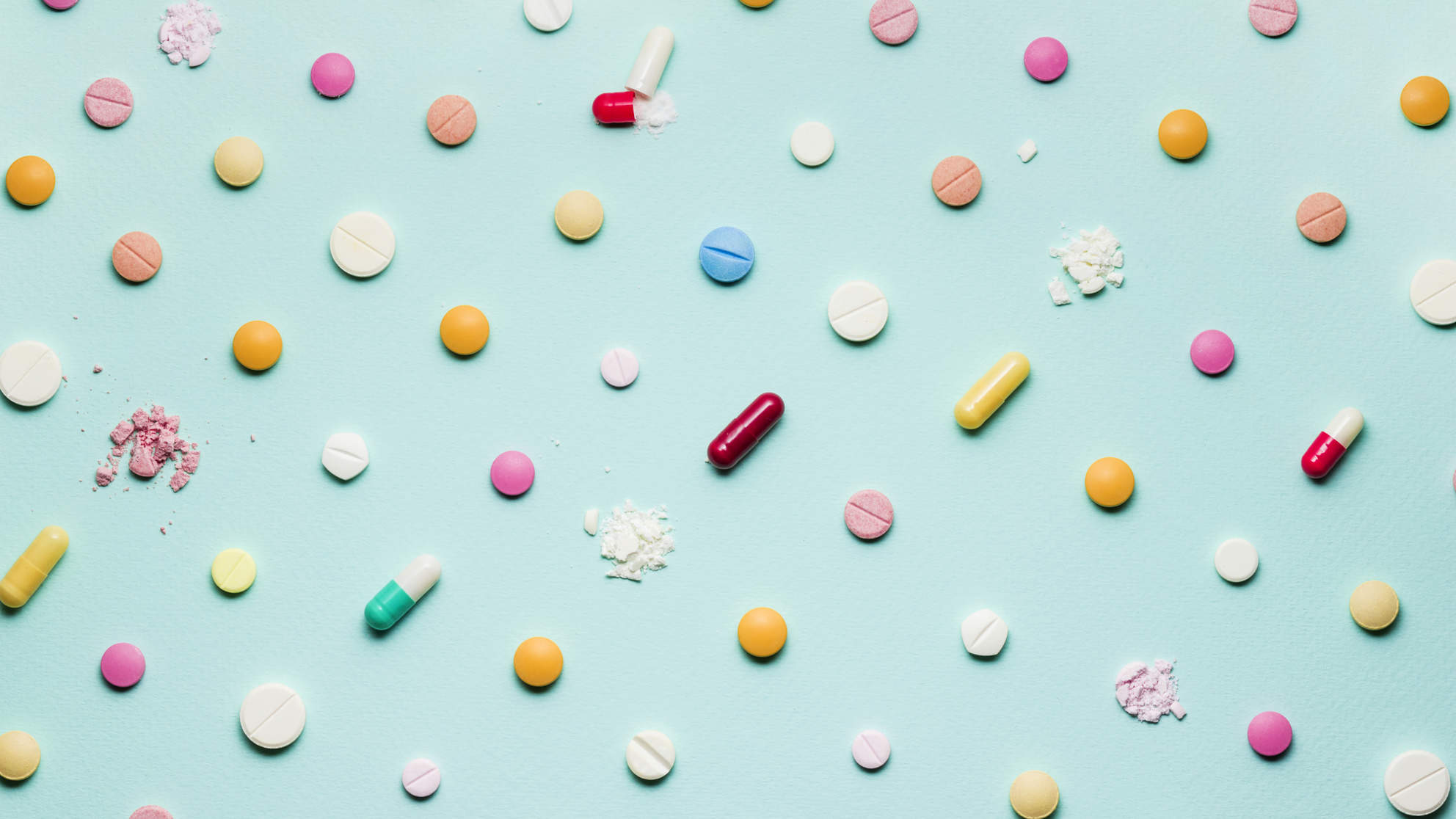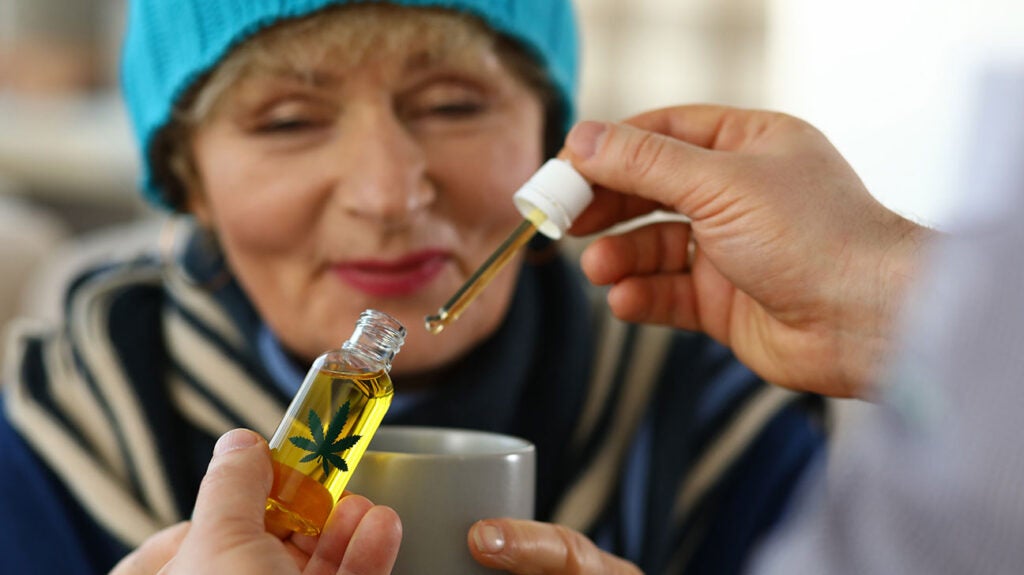
Nicotinamide mononucleotide at https://www.cofttek.com/product/1094-61-7/ or Nicotinamide-1-ium-1-β-D-ribofuranoside 5′-phosphate is a kind of bioactive nucleotide that is typically developed by the response among a phosphate group and a nucleoside accommodating ribose and nicotinamide. Generally, it exists in two anomeric forms namely alpha and beta. The beta anomer is the existing form within these two with a molecular mass of 334.221 g/mol.
NMN is naturally abundant in various types of food. Vegetables like broccoli, cabbage contain 0.25–1.12 and 0.0–0.90 mg NMN/100 gm, fruits like avocado, tomato contain 0.36–1.60 and 0.26–0.30 mg NMN/100 gm, whereas raw beef has 0.06–0.42 mg NMN/100 gm. NMN is generally conducted as a part of prokaryotic enzymes alike NadM in Methanobacterium thermoautotrophicum
.
In individual cells, NMN is accessible as a cause of cellular energy. Not prolonged ago, this fragment was only recognized for its action as an intermediate in nicotinamide adenine dinucleotide (NAD+) biosynthesis. While this biosynthetic method of NAD+, NMN serves as an essential substrate for enzymes like nicotinamide mononucleotide adenylyltransferase 1 or NMNAT 1 of nuclear origin and NMNAT 3 of mitochondrial origin that helps in the enzymatic conversion to NAD+ in human.
MECHANISM OF ABSORPTION OF β-NICOTINAMIDE MONONUCLEOTIDE:
NAD+ is incorporated by three distinct pathways in mammalian cells-1) de novo pathway-synthesis from tryptophan, 2) salvage pathway-synthesis from either nicotinamide or nicotinic acid, or 3) conversion of NR. The salvage pathway is mostly predominant in mammalian cells. In this pathway, the intermediate degradative products of NAD+ e.g., nicotinic acid and nicotinamide are reused to produce new NAD+.
Most ordinarily, this pathway includes the transformation of the nicotinic acid to nicotinic acid mononucleotide by nicotinate phosphoribosyltransferase 1 accompanied by adenylation to nicotinic acid adenine dinucleotide in the appearance of nicotinamide mononucleotide adenylyltransferase 1, 3.
Seldom, nicotinic acid is quickly changed to nicotinic acid adenine dinucleotide by nicotinic acid phosphoribosyltransferase. It is then changed to NAD+ with the maintenance of NAD+ synthetase 1. This NAD+ is diminished to nicotinamide by NAD+ consuming enzymes, accompanied by reduction to NMN by the catalytic action of nicotinamide phosphoribosyltransferase.
The enzyme’s nicotinate phosphoribosyltransferase 1 and nicotinamide phosphoribosyltransferase both catalyze the transfer of a phosphoribosyl residue from phosphoribosylpyrophosphate.
PHARMACOLOGICAL ACTIVITIES:
NMN could open up a new horizon in modern therapeutics. This biomolecule has expressed various profitable pharmacological actions in various preclinical disease patterns including myocardial and cerebral ischemia, neurodegenerative disorders like Alzheimer’s disease, and diabetes like Resveratrol . The various up-to-date exploration of its anti-aging, life-span prolonging attribute in the murine model has proceeded NMN more engaging as a possible therapeutic candidate.
Most utmost of its pharmacological effects take place by promoting NAD+ synthesis, as direct NAD+ performance in the high dose manifests side influences like insomnia, fatigue, and anxiety seldom and it has weak diffusion capability through plasma membrane corresponded to NMN.





